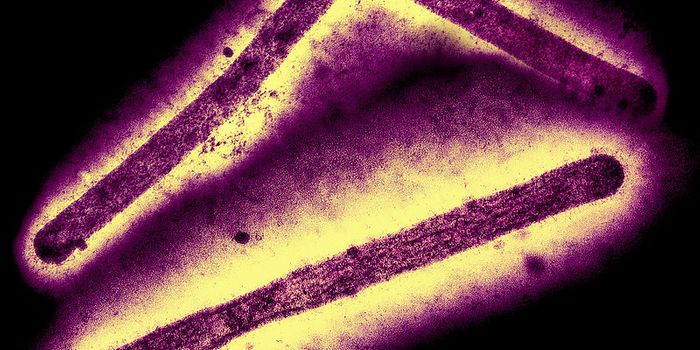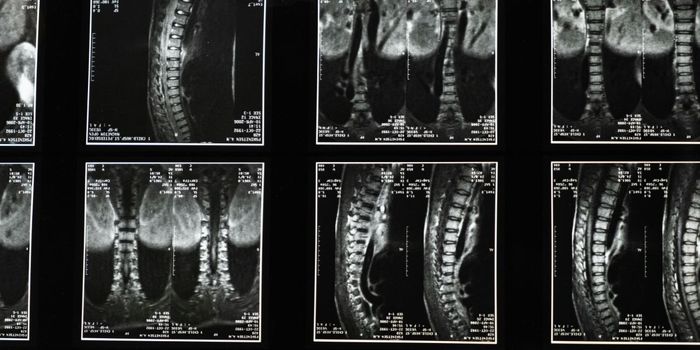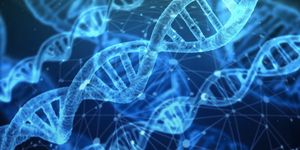With good food and exercise, many dogs can live a long and healthy life. But some suffer from chronic conditions that can arise when they are still young. Now researchers have shown that stem cells, long hailed for their regenerative potential, can be used to treat degenerative conditions in dogs. The findings have been reported in Stem Cells and Development.
Stem cells start out as a kind of generic cell that can be transformed into virtually any type of cell in an organism; stem cells can be coaxed to differentiate into a specific type of cell by manipulating gene expression through molecules called transcription factors. Therefore, stem cells have the potential to be used as replacements for damaged tissues. In this work, the researchers showed that this process may be possible for dogs.
In this study, the researchers isolated cells from dog blood samples. They used these cells to create induced pluripotent stem cells (iPSCs) that had the ability to differentiate into various types of cells through genetic reprogramming. These cells can also be grown quickly in large quantities.
"We successfully established an efficient and easy generation method of canine iPSCs from peripheral blood mononuclear cells," explained the study leader Associate Professor Shingo Hatoya of Osaka Prefecture University. "It may be possible to perform regenerative medicinal treatments in dogs."
In previous work, this research group attempted to use viral vectors to deliver the transcription factors that are required to induce differentiation in iPSCs. But that approach didn't work very well.
This time, the researchers used different molecules to induce differentiation. Usually, cells from the blood are infected with the viral vectors carrying the genetic information that encodes for the transcription factors that are needed to make iPSCs and other cells. But these viral vectors can end up integrating into the genome of these cells, and could get passed on to daughter cells; that could eventually cause the formation of tumors when the cells are put in patients.
The scientists opted to engineer viral vectors that can make iPSCs but don't insert anything into the genome. These vectors can also be silenced with a microRNAs expressed by the cells. When these cells were tested in a growth medium that contained the factors needed to enhance pluripotency, the cells were found to form germ layers - the foundation for organs.
The approach enables the researchers to control the replication of the reprogrammed cells in the host. It could now be used in man's best friend.
"We believe that our method can facilitate the research involving disease modeling and regenerative therapies in the veterinary field," said Dr. Hatoya.
This kind of work could lead to biological findings that also apply to human health and disease. "Dogs share the same environment as humans and spontaneously develop the same diseases, particularly genetic diseases," added Hatoya.
Sources: AAAS/Eurekalert! via Osaka Prefecture University, Stem Cells and Development









